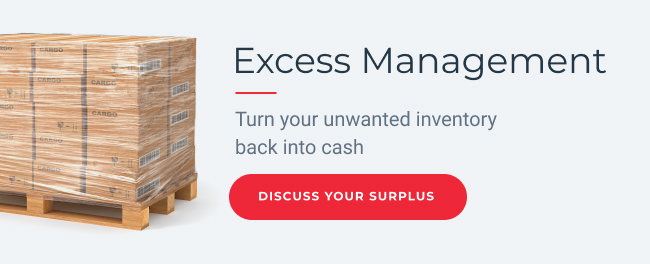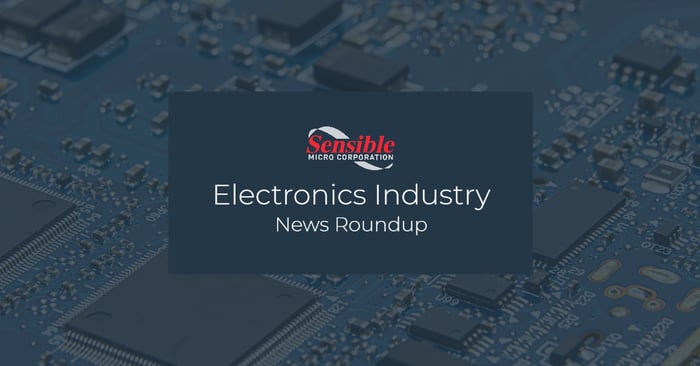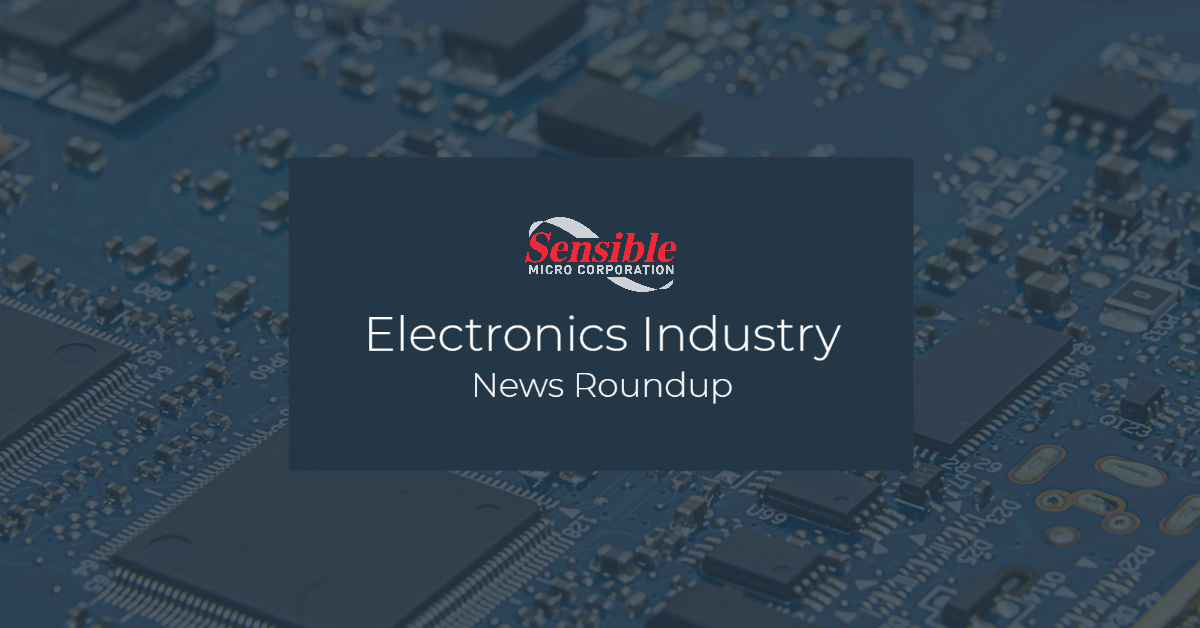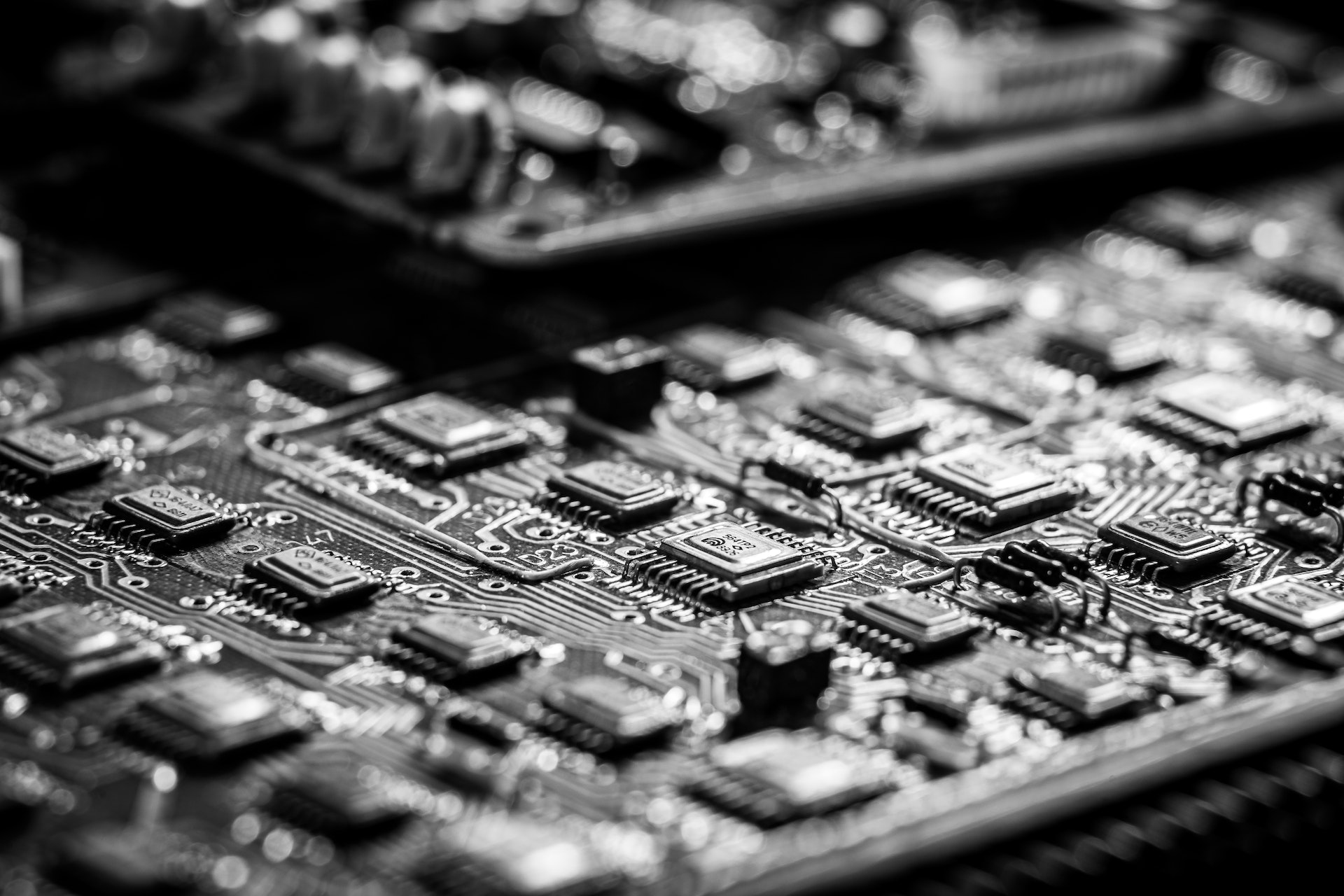As a leader in certified electronics component distribution and a supply chain partner to thousands of customers around the world, Sensible Micro always stays on top of the latest news and events in our industry. Here are some recent stories that caught our eye.
With Demand Down, Micron Cuts Chip Production
Micron Technology, one of the big three memory chip producers in the world and the largest in the United States, reduced its DRAM and NAND chip production in March in response to a lack of demand due to excess inventories. But the 5% cut on production of these smartphone and data center chips wasn’t enough; now, Micron’s President and CEO Sanjay Mehrotra has stated he will slash production by an additional 5% this quarter. That will cut Micron’s memory chip spending by about $1.5 billion for the year—a total of approximately $9 billion—with further cuts expected in 2020.
"We continue to target our bit shipments to be close to the industry demand growth rate," said Mehrotra. "We are optimistic that the overall NAND market will start to stabilize in the second half of [2019]."
Micron isn’t the only memory chip manufacturer to watch their operating profits decline. Samsung—the world’s largest producer of the chips—witnessed a 55% profit decline just last year because of the devalued DRAM and NAND.
Kontron Acquires Fujitsu’s German Industrial Motherboard Business
In October of 2018, Fujitsu Group announced the closure of its Augsburg, Germany industrial motherboard facility as part of a restructuring effort designed to focus on Artificial Intelligence (AI), Blockchain, and industry-specific solutions. The site was scheduled to close by the end of September 2020. Now, Kontron—a global leader in embedded computing technology (ECT)—has purchased this side of the business, and plans to transfer the operations this October.
“The acquisition of the embedded motherboard business of Fujitsu Technology Solutions is a strategic step to expand these products with its own IoT software technology,” Kontron stated on their website. “Kontron will also offer employment opportunities to Fujitsu Technology Solutions employees with the relevant skills in the areas of research and development, production and sales. Kontron is committed to provide the same level of expertise and skills that the Fujitsu mainboard business customers have known.”
As China-U.S. Trade War Continues, Manufacturers Make Their Move
With once-cheap wages rising and the threat of a 25% tariff looming, a number of prominent U.S., Japanese, Korean, and Taiwanese companies are relocating some or all of their production lines out of mainland China. So where are they going, and why?
1. Vietnam. The country has zero tariffs and average labor costs are about one-third that of China’s mainland. In addition, foreign companies are tax exempt for four years from their first year of profit.
Companies relocating: Foxconn, Compal, LITEON, Luxshare-ICT, Goertek, Lens Technology, Intel, LG, Seoul Semiconductors, Samsung Display, Lumens.
2. Malaysia. Foreign capital enjoys preferential policies, such as holding 100% of the shares of machinery, electronic appliances, and other equipment.
Companies relocating: Inventec, Samsung Electronics, Jinjing Science & Technology, TongFu Micro, Huatian Technology, Suzhou Good-Ark, ASE Group, OSRAM, Infineon.
3. India. The main incentive is low labor costs and a smartphone growth market.
Companies relocating: Yington Telecommunications, HOLITECH, YUTO Tech, Sunwoda, Wingtech Technology, Zowee Technology, DBG.
It’s worth noting that most companies have opted to make partial moves, leaving some production in China, while moving other operations to the aforementioned countries as well as the United States, Indonesia, Thailand, the Philippines, and Mexico. The thought for these multinationals seems to be that in our current international relations crisis, decentralization is the best bet.
Maxim Integrated Announces New nanoPower Real Time Clock
The MAX31341B is in production! Maxim Integrated has just announced a new low-current, nanoPower Real Time Clock (RTC) with I2C Interface and Power Management. The release is a boon for designers of space-constrained systems such as wearables, medical monitors, and point-of-sale equipment, as it offers three key advantages:
- Long battery life. Operating 18% less than its closest competitor at under 180nA, its timekeeping current enables a standard lithium coin-cell battery to last 10+ years in battery backup mode.
- Small solution size. Minimizes external circuitry with features such as integrated load cap, trickle charger, power management, and 64-byte RAM.
- Accurate time-keeping. Up to 100ppm (parts per million) accuracy over -40 degrees Celsius to +85 degrees Celsius based on external crystal.
"Designers of compact electronic systems are always striving to lengthen the battery life of their systems," says Kevin Anderson, senior analyst at IHS Markit. "Any solution that extends battery life by making circuits more efficient will draw interest of engineers designing next-generation systems."
Texas Instruments Delays Expansion Plans
Bad news for Texas Instruments and Texas job seekers. The global semiconductor design & manufacturing company was set to build a new facility in Richardson, Texas, that would have created more than 480 jobs (and garnered about $3.1 billion in capital investments). However, a slow down in the industry has put plans on hold, despite the $5.124 million grant they would have received. Texas Instruments now projects the build to begin in the third quarter of 2021.
“This factory is an important step in our strategy to invest in more 300mm manufacturing capacity, which is a competitive advantage for our company and will enable us to continue to support our customers well into the future,” says Kyle Flessner, senior vice president of Technology & Manufacturing Group, when plans were first announced back in April.
Stay on top of the latest developments in the industry by subscribing to the Sensible Micro blog today.



















